Can Ukraine win war in the skies with Russia?
Western-supplied weapons are bolstering Kyiv’s defences but they come at a cost
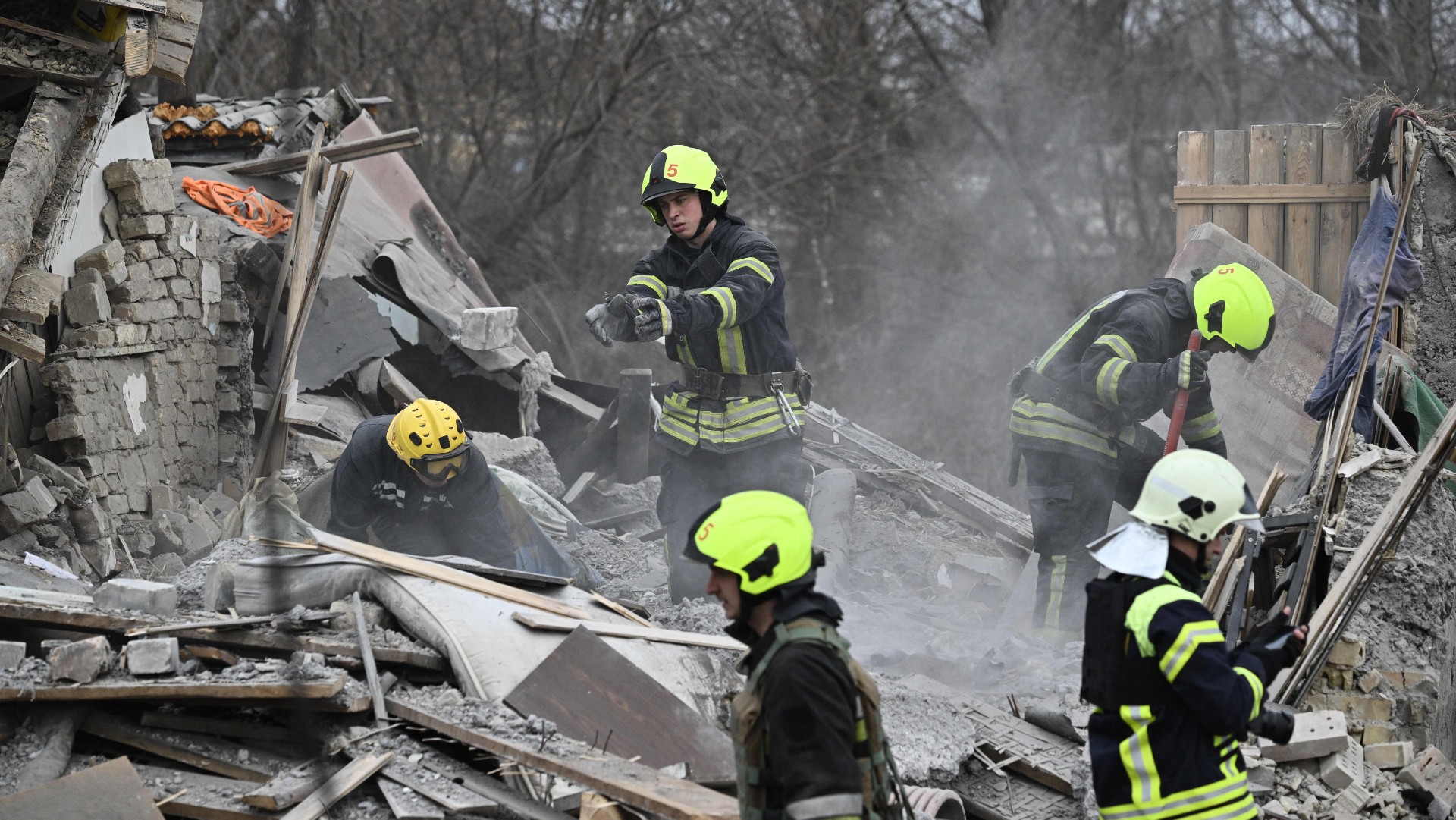
Ukrainian officials claimed this week that 400 Russian troops had been killed in a rocket strike in occupied eastern Ukraine. Moscow acknowledged only 89 deaths, but even Russian military bloggers suggested that the toll was far higher.
The strike, on New Year’s Eve, destroyed a school building that was being used as a barracks by Russian forces in Makiivka, Donetsk.
In the days running up to the attack, Russian forces had launched air strikes at several Ukrainian cities, many of which were repelled by Kyiv’s defences. The targeted cities included Kyiv, Kharkiv, Odesa, Lviv and Kherson, which was liberated from Russian occupation in November.
The Week
Escape your echo chamber. Get the facts behind the news, plus analysis from multiple perspectives.

Sign up for The Week's Free Newsletters
From our morning news briefing to a weekly Good News Newsletter, get the best of The Week delivered directly to your inbox.
From our morning news briefing to a weekly Good News Newsletter, get the best of The Week delivered directly to your inbox.
In his new year’s message, Vladimir Putin pledged to oust the “criminal Nazi regime in Kyiv”. Ukraine’s President Zelenskyy said he hoped that 2023 would be the “year of return” – of its land, people and normal life. “We’re ready to fight for it,” he added.
What did the papers say?
Until recently, Russia could launch drone and rocket strikes on Ukrainian cities and infrastructure almost with impunity, said The Independent. No longer. Now, those missiles are shot down – sometimes with a 100% hit rate – by Western-supplied weapons that have arrived to bolster Kyiv’s defences.
And Ukraine is also launching retaliatory strikes: witness its successful attack on Makiivka, which reportedly destroyed an ammunition store as well as killing Russian troops. With the US-built Patriot missile defence system due to bolster its defences further, Kyiv has cause for optimism.
But that doesn’t mean Ukraine’s allies can ease up on support, said the FT. Ukrainian officials have warned that Moscow wants to begin the year with a major new offensive, perhaps targeting Kyiv again. And Russia still controls much of the four regions that it annexed in October (plus Crimea and parts of the eastern Donbas seized in 2014). Before there is any talk of a ceasefire, Ukraine must be given the help it needs to repel any Russian offensive, and strengthen its negotiating hand by regaining more lost territory.
A free daily email with the biggest news stories of the day – and the best features from TheWeek.com
“Russia’s war on Ukraine enters its second calendar year at a delicate point,” said Dan Sabbagh in The Guardian. With relatively mild weather giving rise to muddy conditions, neither side has made much progress on the front lines since Kherson’s liberation in November. Ukraine has been probing Russian lines for weakness near Kreminna in the Luhansk region, without making real gains.
And elsewhere in the Donbas, around Bakhmut, Kyiv is “on the defensive”, soaking up pressure from Russian forces, which in turn are suffering heavy losses. The lack of progress is partly down to Russia’s shortage of firepower. Kyiv says Moscow has gone from firing 60,000 shells a day in August, to 20,000 now; and the volume of cruise missiles it’s unleashing has also fallen sharply. Yet Putin’s new year’s message suggested he’s in no mood to back down, said Lisa Haseldine in The Spectator.
Flanked by 20 “morose-looking” troops, he cast the conflict as a near-existential fight for Russia’s future, and indicated again that he’s preparing for a long war.
That’s a risky stance, said Richard Kemp in The Daily Telegraph. Hundreds of thousands of men have now fled Russia to avoid conscription, and the 100,000 or so newly mobilised troops deployed so far barely suffice to replace the Russian soldiers killed or injured already. With the mood in Russia already uneasy, launching a new winter offensive would be a major gamble.
Kyiv has problems too, said Matthew Mpoke Bigg in The New York Times. It has enjoyed real success shooting down Russia’s Iranian-made drones; but these cost just $20,000 a piece, while firing a surface-to-air missile to take one out costs up to $500,000.
Such costs increase the risk of “Ukraine fatigue” taking hold, said Mark Galeotti in The Sunday Times. But as long as Western support doesn’t dry up, Russia will struggle to make gains, meaning Putin may have to accept peace talks in 2023. “After all, a negotiated capitulation would be a terrible and dangerous thing for him – but it would still be better than a defeat imposed upon him.”
What next?
Putin has invited China’s Xi Jinping to make a state visit to Russia in the spring, as he seeks to strengthen links between Moscow and Beijing. The invitation was extended during a video-conference last week, at which Putin said Russia’s ties with China are the “best in history”. Xi, in turn, said Beijing was ready “to increase strategic cooperation with Russia”.
The latest perk offered to Russian conscripts is having their sperm frozen and stored at a cryobank without charge. It follows increased demand for sperm banks by men who fear dying on the battlefield.
-
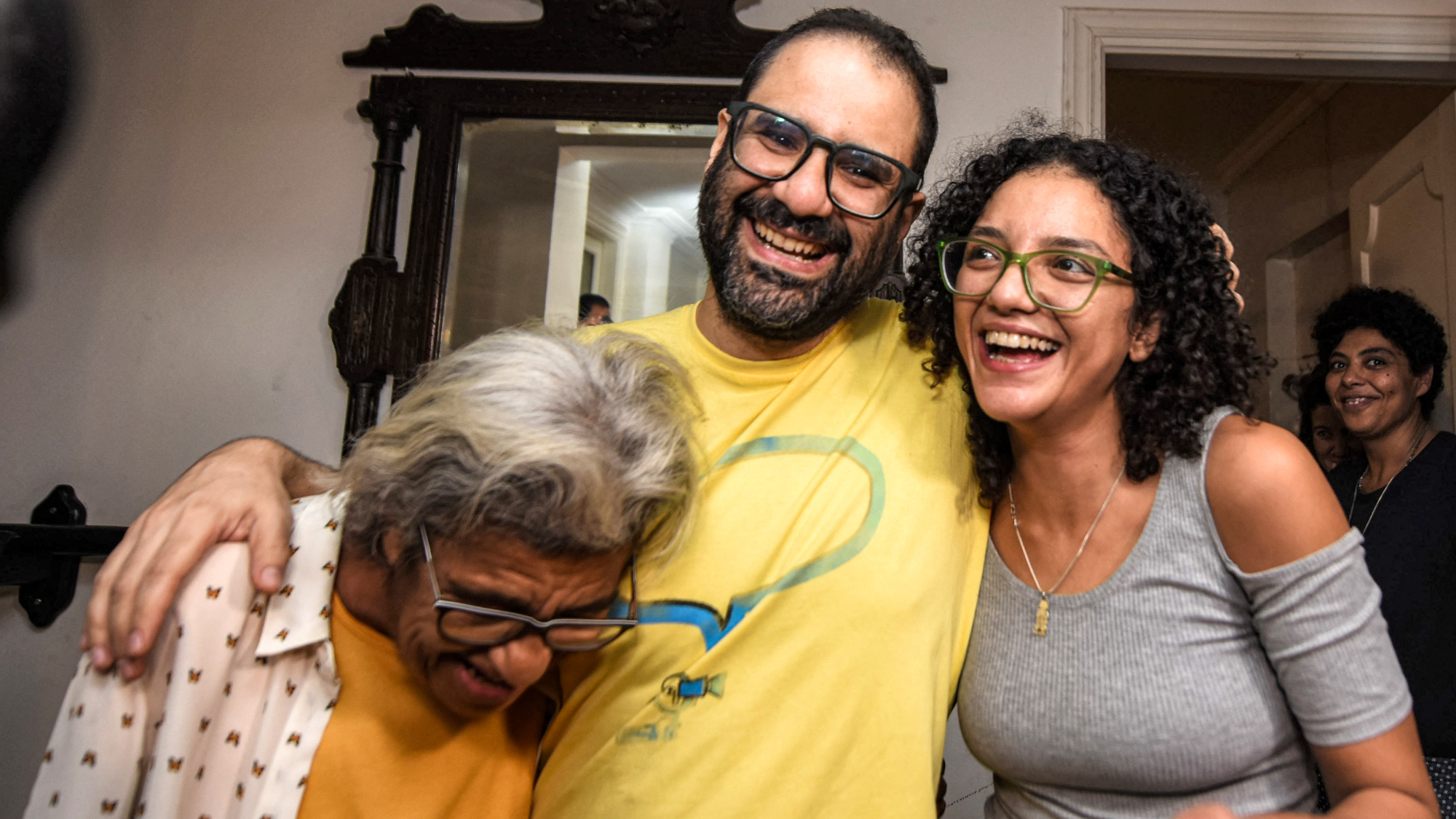 Alaa Abd el-Fattah: should Egyptian dissident be stripped of UK citizenship?
Alaa Abd el-Fattah: should Egyptian dissident be stripped of UK citizenship?Today's Big Question Resurfaced social media posts appear to show the democracy activist calling for the killing of Zionists and police
-
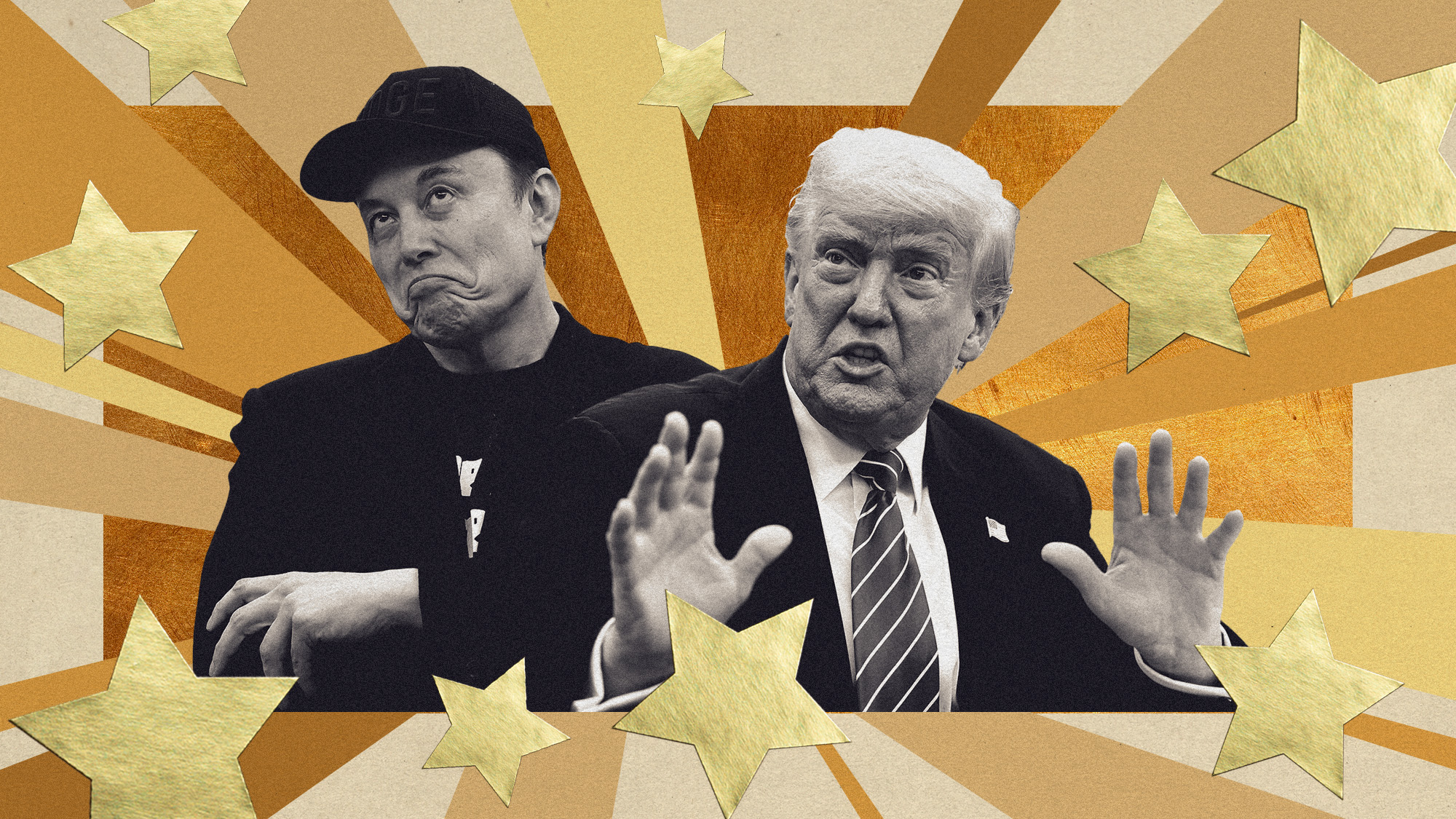 Biggest political break-ups and make-ups of 2025
Biggest political break-ups and make-ups of 2025The Explainer From Trump and Musk to the UK and the EU, Christmas wouldn’t be Christmas without a round-up of the year’s relationship drama
-
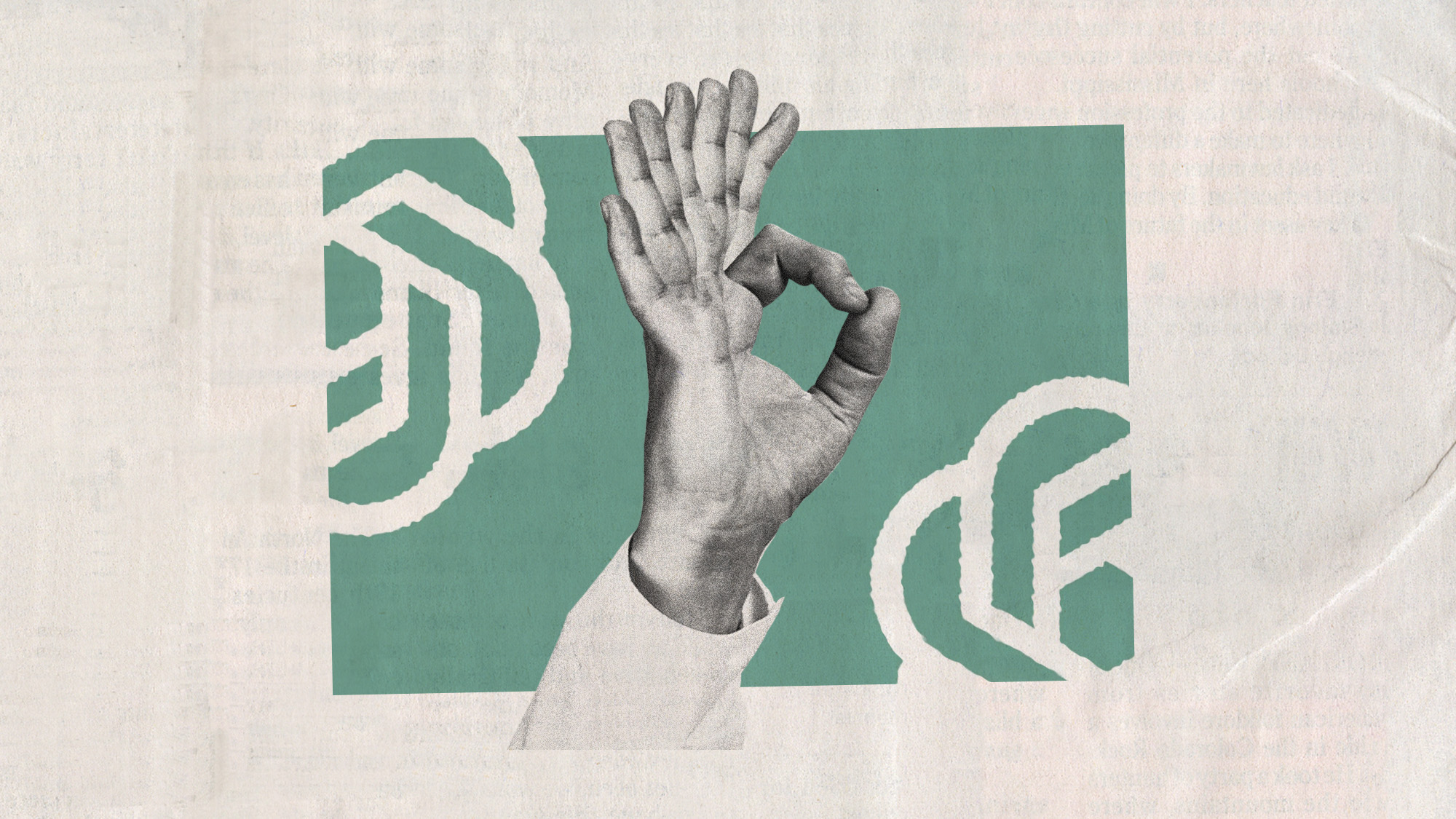 Why 2025 was a pivotal year for AI
Why 2025 was a pivotal year for AITalking Point The ‘hype’ and ‘hopes’ around artificial intelligence are ‘like nothing the world has seen before’
-
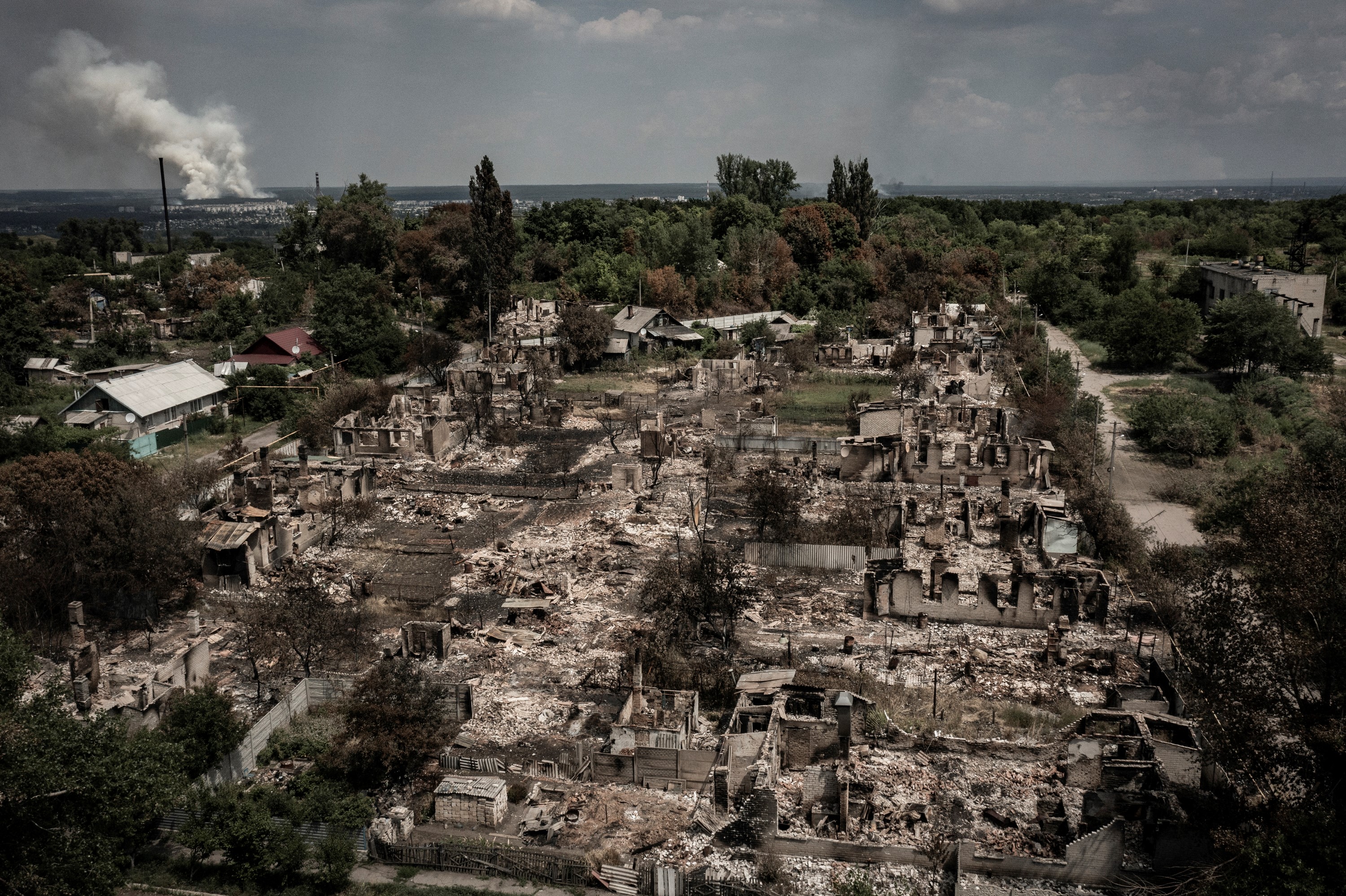 All roads to Ukraine-Russia peace run through the Donbas
All roads to Ukraine-Russia peace run through the DonbasIN THE SPOTLIGHT Volodymyr Zelenskyy is floating a major concession on one of the thorniest issues in the complex negotiations between Ukraine and Russia
-
 US offers Ukraine NATO-like security pact, with caveats
US offers Ukraine NATO-like security pact, with caveatsSpeed Read The Trump administration has offered Ukraine security guarantees similar to those it would receive from NATO
-
 How Bulgaria’s government fell amid mass protests
How Bulgaria’s government fell amid mass protestsThe Explainer The country’s prime minister resigned as part of the fallout
-
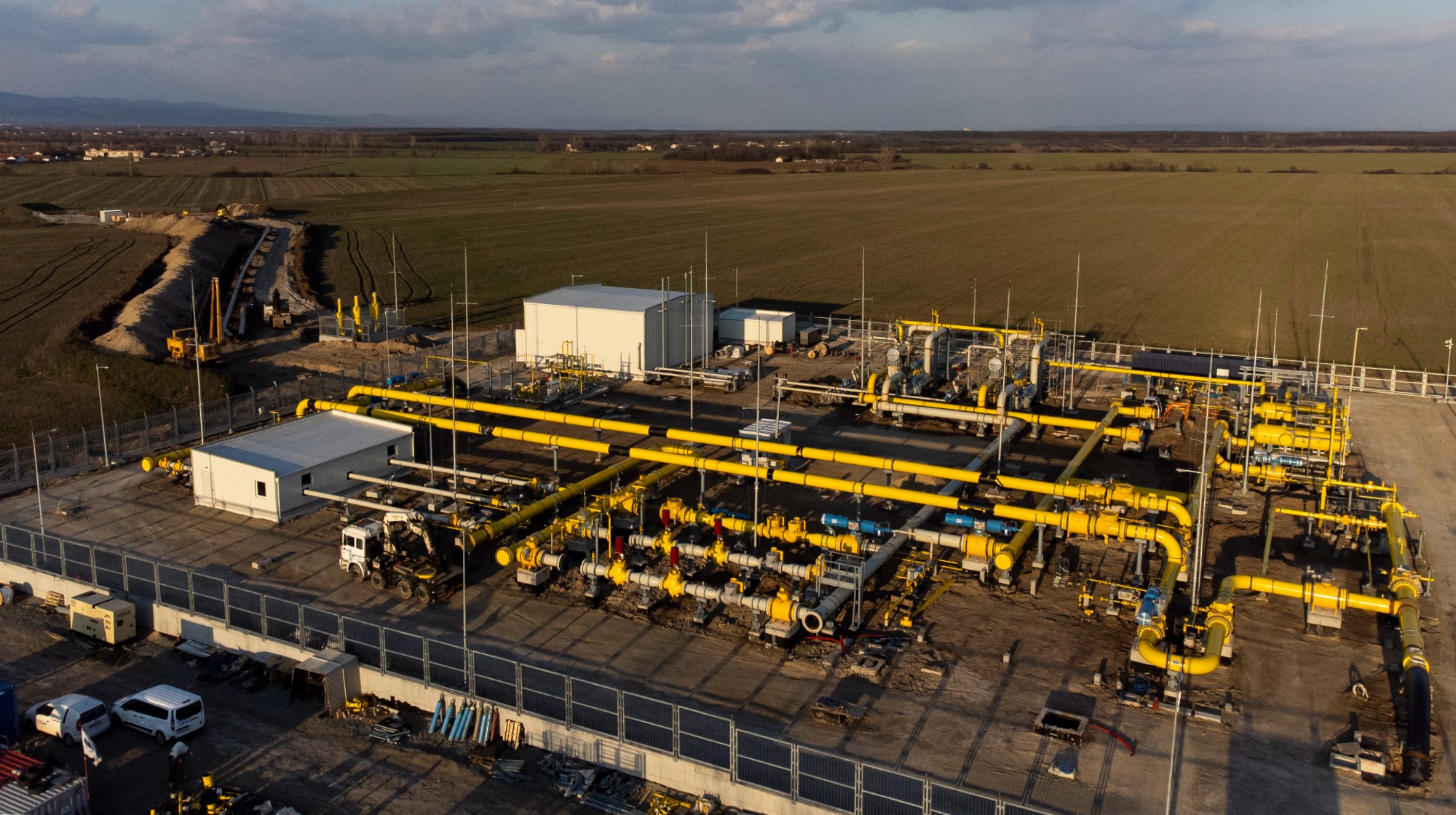 Europe sets 2027 deadline to wean itself from Russian gas
Europe sets 2027 deadline to wean itself from Russian gasIN THE SPOTLIGHT As negotiators attempt to end Russia’s yearslong Ukraine invasion, lawmakers across the EU agree to uncouple gas consumption from Moscow’s petrochemical infrastructure
-
 Pakistan: Trump’s ‘favourite field marshal’ takes charge
Pakistan: Trump’s ‘favourite field marshal’ takes chargeIn the Spotlight Asim Munir’s control over all three branches of Pakistan’s military gives him ‘sweeping powers’ – and almost unlimited freedom to use them
-
 Is Europe finally taking the war to Russia?
Is Europe finally taking the war to Russia?Today's Big Question As Moscow’s drone buzzes and cyberattacks increase, European leaders are taking a more openly aggressive stance
-
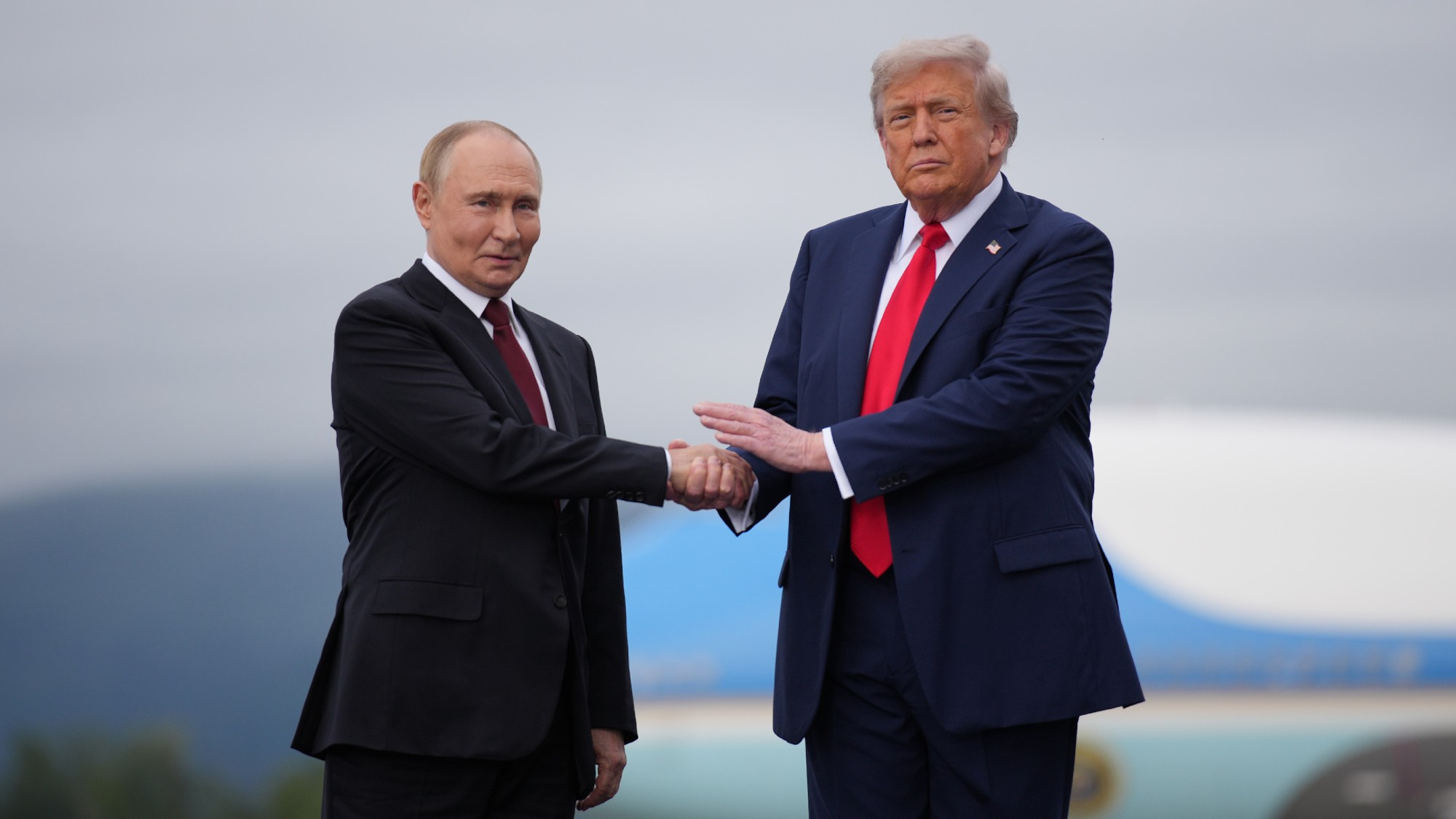 Pushing for peace: is Trump appeasing Moscow?
Pushing for peace: is Trump appeasing Moscow?In Depth European leaders succeeded in bringing themselves in from the cold and softening Moscow’s terms, but Kyiv still faces an unenviable choice
-
 Femicide: Italy’s newest crime
Femicide: Italy’s newest crimeThe Explainer Landmark law to criminalise murder of a woman as an ‘act of hatred’ or ‘subjugation’ but critics say Italy is still deeply patriarchal